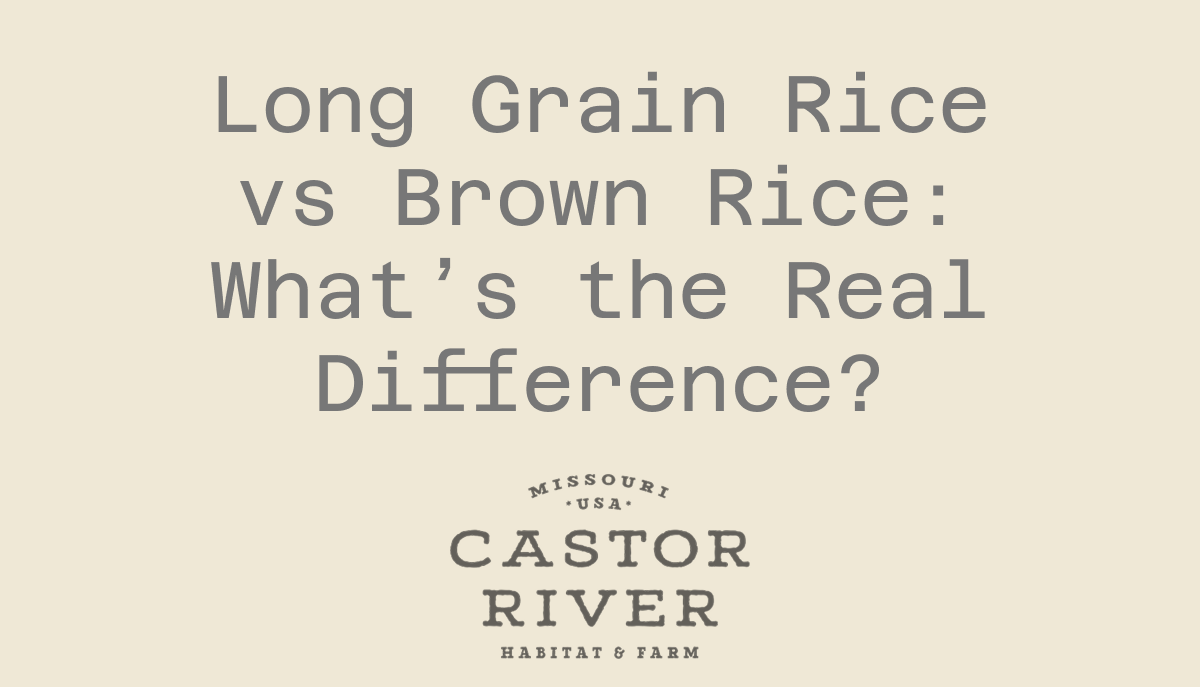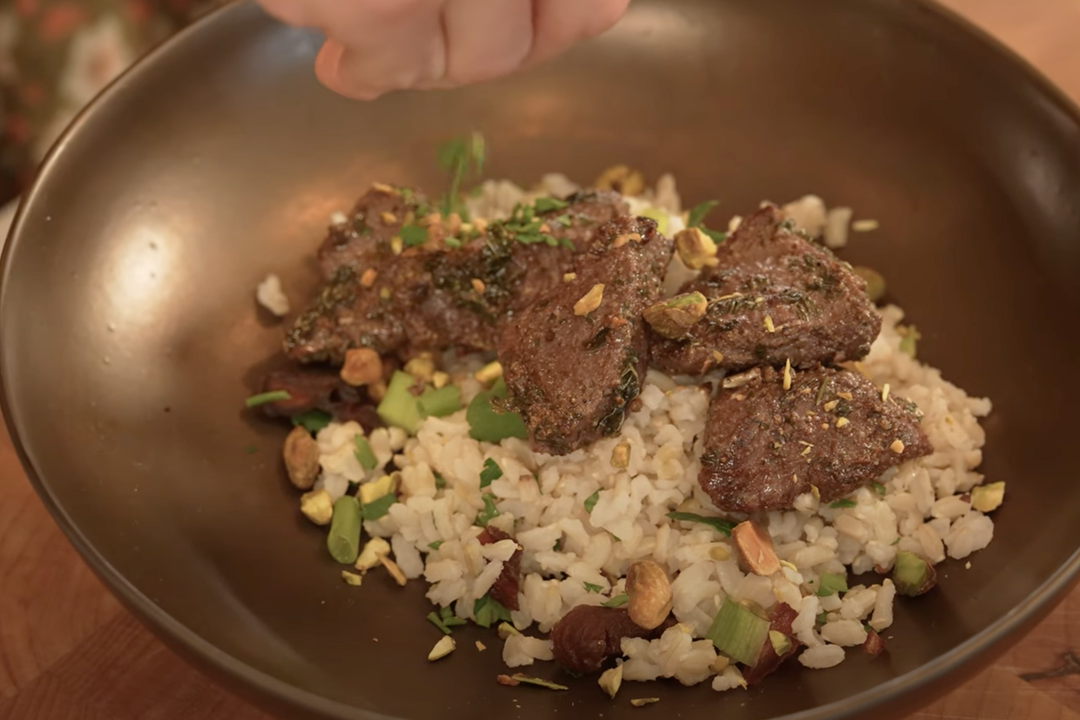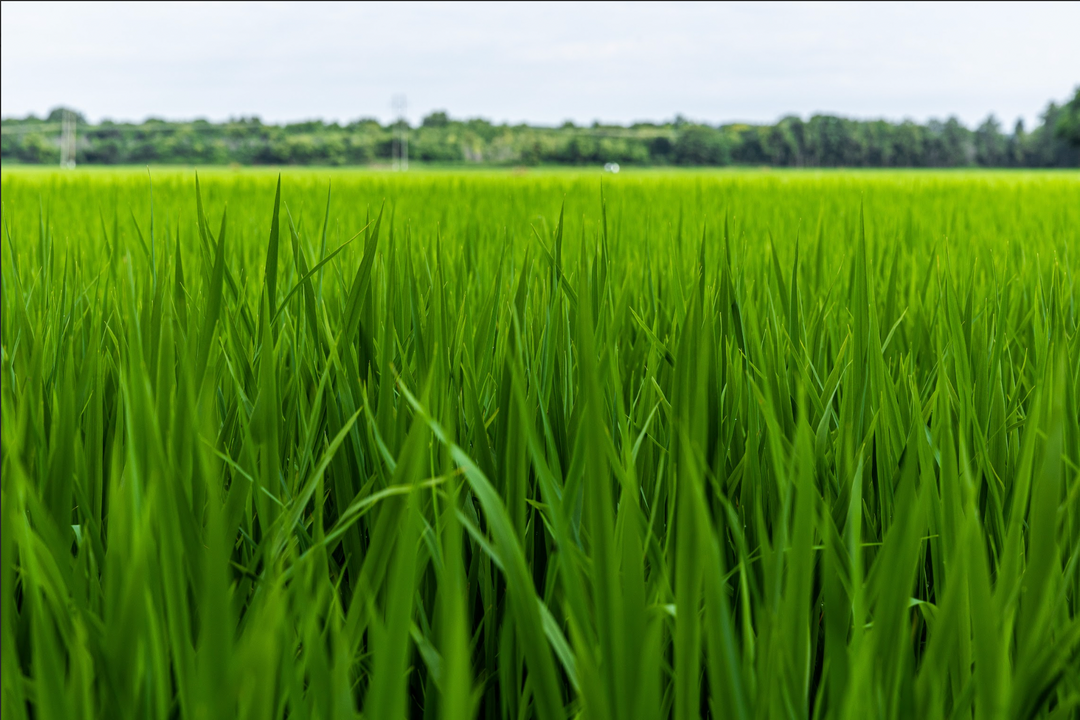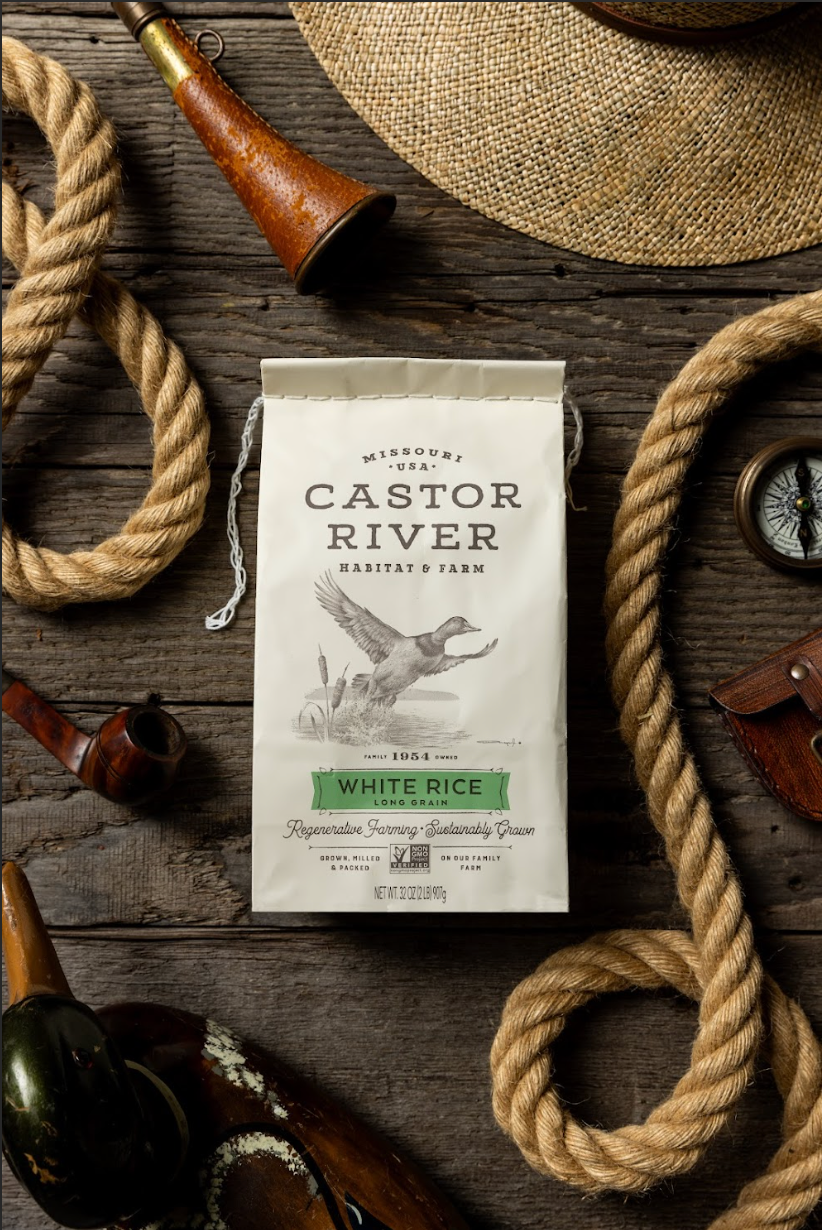Long Grain Rice vs Brown Rice: What’s the Real Difference?

Most people think “long grain” and “brown rice” are two sides of the same coin. They’re not.
One is about the shape of the grain. The other is about what happens after harvest. Mix them up, and you miss what makes rice cook the way it does, taste the way it should, and nourish the body beyond calories.
Grain Length: The Architecture of Rice
Grain length is the blueprint. Long grain rice is slender, about four to five times longer than it is wide. When cooked, the grains hold their shape and stay separate, producing a light, fluffy texture. That’s why you’ll see it in dishes like pilaf, jambalaya, or as the clean base for a meal where every grain matters.
Shorter grains tell a different story. Medium and short grain rice are rounder and naturally carry more starch. Heat releases that starch, causing the grains to cling. Risotto, sushi, and rice pudding all rely on that stickiness. Texture isn’t an accident, it’s written into the length of the grain.
Brown vs. White: A Question of Layers
Brown rice is whole grain rice. It holds onto its bran and germ, keeping the oils, fiber, and minerals intact. That’s what gives it a nutty flavor and chewy texture, and why it’s often considered the nutrient-dense choice. You’ll find magnesium, selenium, antioxidants, and fiber all preserved in that outer layer.
White rice is the same seed, taken further through the mill. The bran and germ are polished away, leaving the starchy endosperm. It’s softer on the palate, faster to cook, and more stable on the shelf. What’s lost in nutrients is gained in versatility. White rice is a blank canvas, ready to carry whatever flavors you pair it with.
The Overlap: Long Grain Brown, Long Grain White
This is where the terms meet. Long grain rice can be either brown or white. A long grain brown will stay airy and separate while still delivering the chew and nutrition of the bran. A long grain white cooks quicker, but keeps the fluff and distinct grains long grain is known for.
One speaks to the form. The other to the finish. Together, they define how the rice will behave on your plate.
Nutrition, Flavor, and Storage
Brown rice offers fiber for digestion, minerals for cellular health, and natural oils that deepen flavor. Those same oils also shorten its shelf life, making proper storage essential: cool, dry spaces, or refrigeration in bulk.
White rice, stripped of the bran, resists rancidity and holds up in storage for years. That longevity made it the grain of choice for global trade and long voyages, feeding communities far from where it was grown. It may not carry the same nutrient profile, but it offers resilience, adaptability, and consistency in the kitchen.
The Castor River Way
We don’t grow rice to fit categories on a bag. We grow it to mirror the health of the soil, the clarity of the water, and the care in every step of milling. Long grain varieties thrive in this land, carrying flavor that’s subtle yet distinct. Whether the bran stays or goes depends on how it’s milled, but the integrity of the grain always comes first.
For us, rice is more than starch. It’s the sum of choices made in the field and at the mill. When you understand the real difference between long grain and brown rice, you’re not just learning terms. You’re connecting to the land that raised it, the farmers who handled it, and the meals it will become.
Long grain vs. brown rice isn’t a debate. It’s two ways of describing different truths. Grain length shapes texture. Milling defines nutrition and shelf life. Together, they tell you what kind of rice you’re holding, and how it will serve you at the table.









